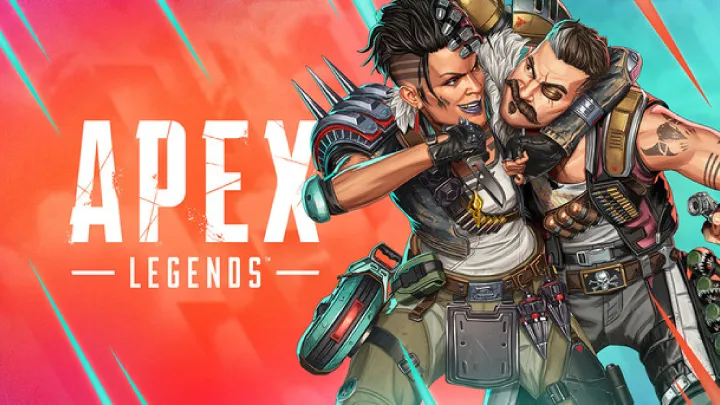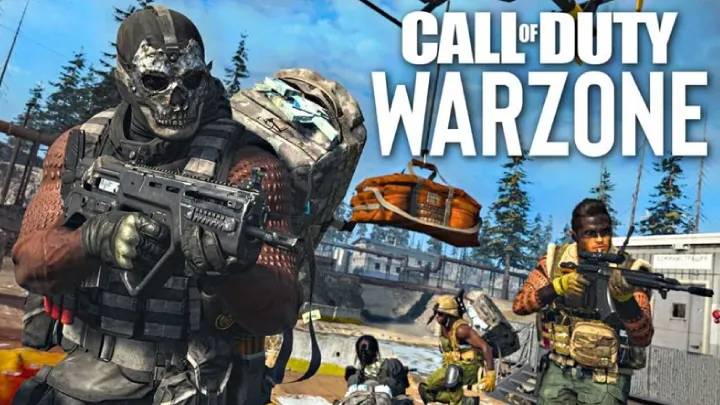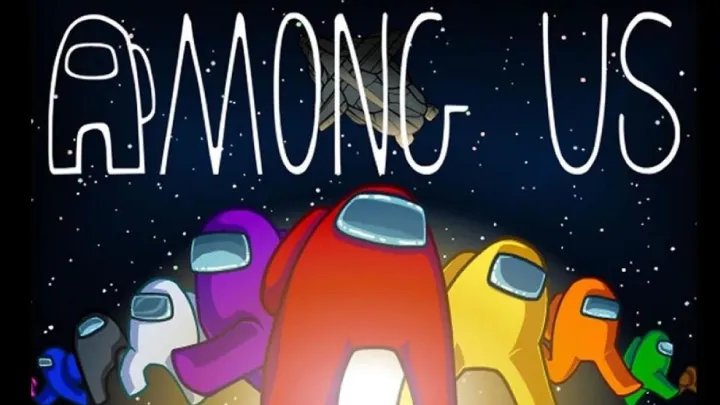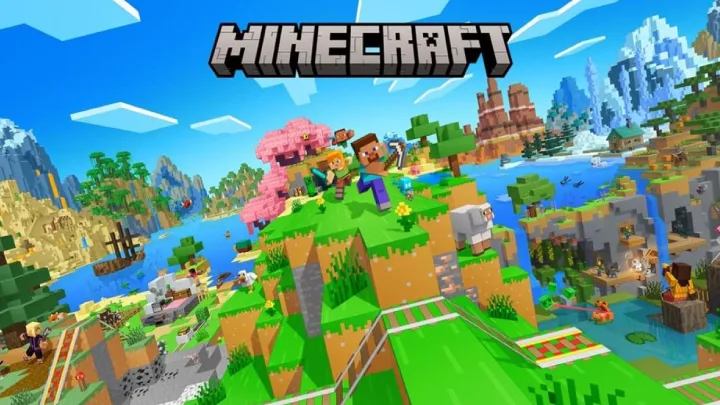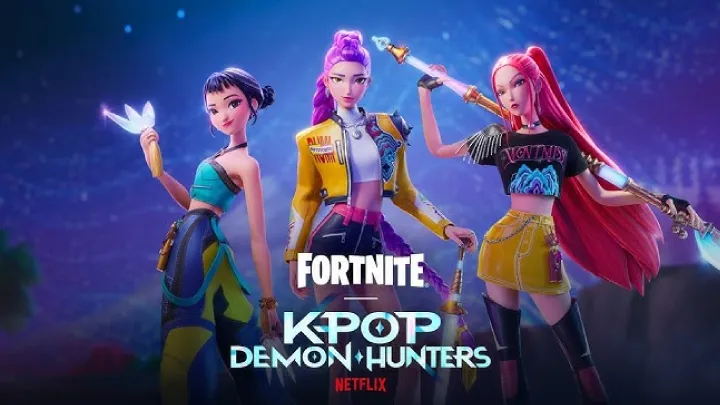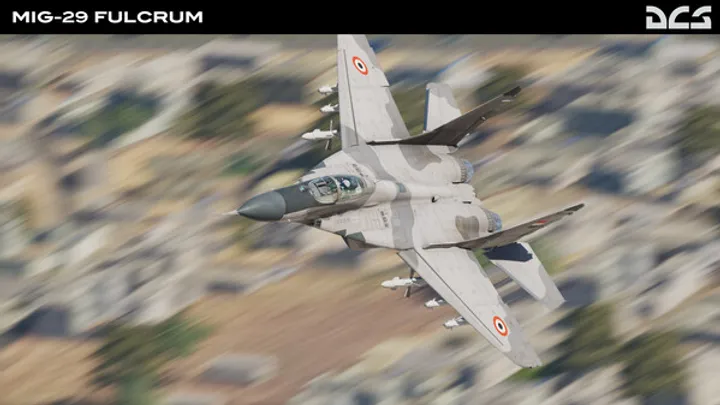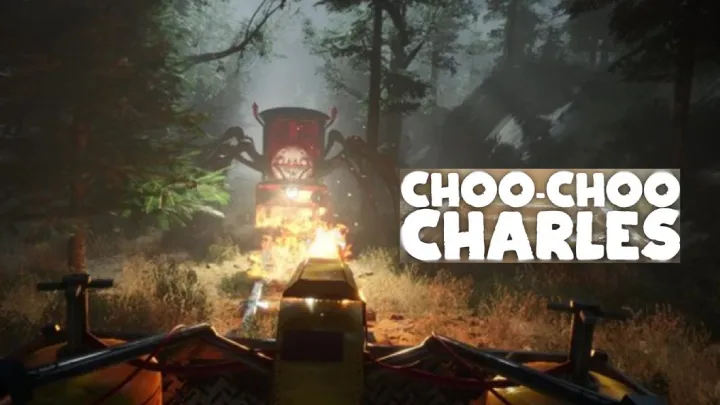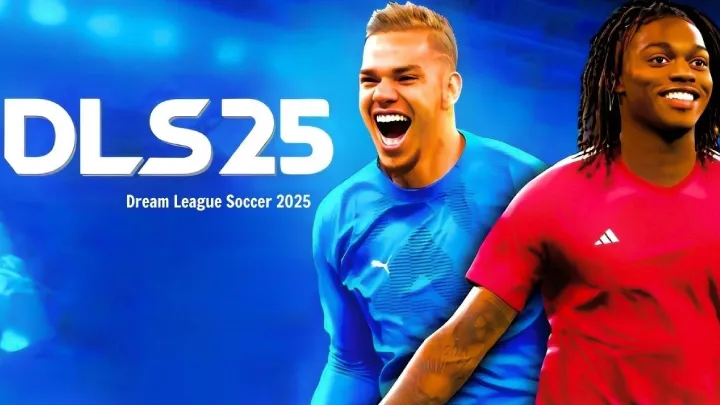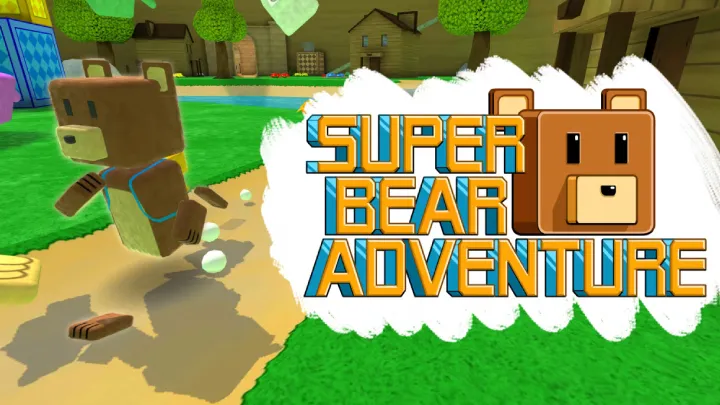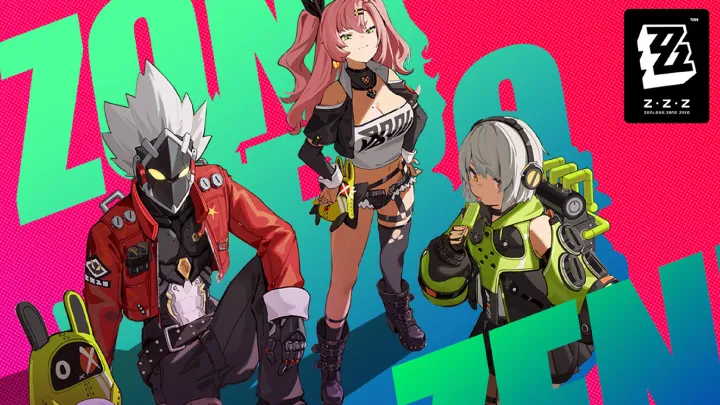Introduction
Crossover universes have become one of the most exciting and defining trends in modern gaming. They represent the dream of every gamer — the chance to see their favorite characters, worlds, and powers collide in one explosive experience. From superheroes clashing with anime icons to cartoon legends fighting alongside warriors from other realms, crossovers push imagination beyond the limits of any single franchise.
In the past, game studios focused on building isolated worlds, keeping their IPs separate to maintain brand identity. But as gaming evolved into a global cultural force, collaboration became the new frontier. Today, crossovers are not just marketing stunts — they’re creative experiments that merge fandoms, break barriers, and bring communities together.
In this article, we’ll explore five groundbreaking games that have redefined what crossover universes mean for players and the industry. These titles have not only changed how we play but also how we think about storytelling, identity, and digital culture itself.
1. Fortnite – The Ultimate Crossover Multiverse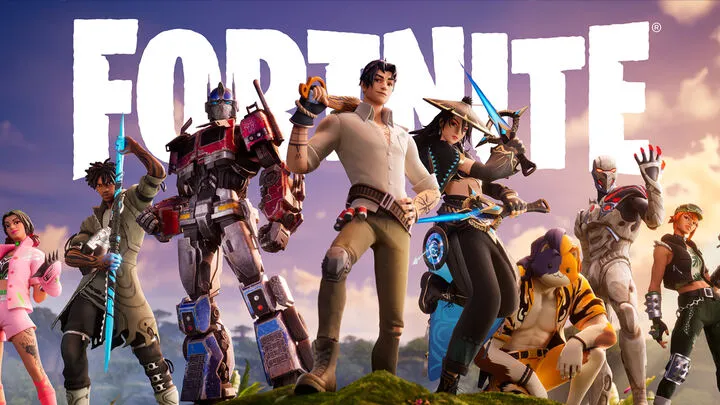
Few games embody the spirit of crossover chaos better than Fortnite. What began in 2017 as a simple battle-royale shooter quickly transformed into the world’s most ambitious pop-culture melting pot. Epic Games’ creation has grown into a digital universe where superheroes, anime characters, music artists, and even movie icons coexist in one continuous, evolving world.
A Universe Without Limits
Fortnite’s brilliance lies in its flexibility. Its art style and game engine allow any character — whether Spider-Man, Goku, or John Wick — to blend seamlessly into its colorful environment. Each collaboration introduces new skins, emotes, and storylines that celebrate the crossover rather than disrupt it. From Marvel’s Thanos snapping onto the battlefield to Ariana Grande performing virtual concerts, Fortnite continuously proves that imagination knows no limits.
Building the Metaverse
Epic Games has bigger ambitions than just crossovers. With Fortnite Creative and its Unreal Editor tools, players now have the power to design their own islands and experiences. These player-driven creations further expand the multiverse, transforming Fortnite into a living metaverse — an interconnected world of brands, stories, and communities.
Why It Matters
Fortnite redefined the concept of a live service game. Its success inspired a wave of crossover collaborations across gaming, film, and entertainment. It’s not just a game anymore; it’s a platform for shared cultural experiences.
2. Super Smash Bros. Ultimate – The Hall of Gaming Legends
If Fortnite is the pop-culture multiverse, Super Smash Bros. Ultimate is the celebration of gaming itself. Developed by Nintendo and directed by Masahiro Sakurai, the 2018 installment of this beloved fighting series brings together over 80 characters from across decades of gaming history — from Mario to Sonic, Cloud to Sephiroth, Pikachu to Joker.
A Tribute to Gaming Heritage
Super Smash Bros. Ultimate isn’t merely a crossover; it’s a living museum. Each fighter represents a different era, genre, and fanbase. Nintendo achieved the impossible — bringing together companies that were once fierce competitors. Characters from Capcom, Square Enix, Sega, and Bandai Namco coexist in one unified arena.
Gameplay That Honors Every Franchise
Every move, sound, and stage design pays homage to the character’s origins. Sonic’s high-speed spin attacks, Cloud’s Limit Break, or Snake’s stealthy gadgets — all retain the essence of their games. The soundtrack features hundreds of remixed tracks, transforming each match into a nostalgic concert of gaming memories.
Smash as Cultural Legacy
Beyond its entertainment value, Smash Bros. Ultimate symbolizes respect and unity in gaming culture. It shows how rival companies can collaborate to celebrate what they’ve built together. In many ways, Smash is gaming’s equivalent of the Avengers — a heroic team-up that defined an entire generation of fans.
3. Multiversus – The Battle for Pop Culture Supremacy
While Nintendo brought the crossover dream to consoles, Warner Bros. Games introduced its own modern spin with Multiversus. Released in 2022, this free-to-play fighting game unites characters from Warner’s vast library — DC superheroes, Cartoon Network icons, HBO characters, and even meme-worthy figures like Shaggy and LeBron James.
When Batman Meets Bugs Bunny
Multiversus thrives on absurdity and fun. Where else can Batman team up with Scooby-Doo’s Shaggy to fight Arya Stark and Tom & Jerry? Each match feels like a Saturday-morning cartoon on steroids, powered by crisp visuals and accessible gameplay. The developers cleverly designed each character to maintain their signature humor and abilities, preserving the heart of their original shows.
Balancing Fun and Strategy
Unlike traditional fighting games, Multiversus emphasizes teamwork and stage control. Its 2-on-2 format encourages creative combos and synergy between unlikely partners — imagine Wonder Woman shielding Shaggy’s “Ultra Instinct” attack. This approach makes every crossover moment feel both ridiculous and rewarding.
Expanding the Warner Universe
Warner Bros. continues to expand the roster with surprising additions. From Rick and Morty to Gremlins, the potential for new characters is virtually endless. Multiversus shows that modern gaming isn’t about exclusivity — it’s about shared joy across fandoms.
4. LEGO Dimensions – Building the Multiverse Brick by Brick
Before “multiverse” became the trend, LEGO Dimensions pioneered the concept in 2015. Combining physical LEGO sets with digital gameplay, this toys-to-life adventure allowed players to mix and match beloved universes like DC Comics, Lord of the Rings, Doctor Who, Ghostbusters, Harry Potter, and more — all in one coherent story.
Connecting Worlds Through Creativity
LEGO Dimensions’ magic came from its creativity. Players could physically build vehicles and characters, then place them on a special portal that transported them into the digital world. Imagine Batman driving the DeLorean from Back to the Future alongside Gandalf and Wyldstyle from The LEGO Movie — the ultimate fan crossover brought to life.
Storytelling Through Chaos
Unlike most crossover games, LEGO Dimensions built a full narrative connecting all worlds. The villain Lord Vortech sought to merge every universe into one, forcing heroes from across time and space to work together. The result was both hilarious and heartfelt, showing LEGO’s mastery at blending humor with epic storytelling.
Legacy Beyond the Game
Though the toys-to-life trend eventually faded, LEGO Dimensions left a lasting legacy. Its spirit lives on in LEGO’s newer digital titles and collaborations with franchises like Star Wars and Marvel. It proved that physical and digital creativity could coexist in a single multiversal experience.
5. Brawlhalla – The Free-to-Play Crossover Fighter
In a landscape dominated by premium titles, Brawlhalla stands out as a free-to-play success story. Developed by Blue Mammoth Games and published by Ubisoft, Brawlhalla became a surprise hit by offering deep combat mechanics and a massive roster of crossover characters — from Street Fighter, Adventure Time, Teenage Mutant Ninja Turtles, and even The Walking Dead.
Simple Yet Strategic Gameplay
At its core, Brawlhalla is a platform fighter like Smash Bros., but with its own rhythm and style. Players pick “Legends,” each with unique weapons and abilities, then fight across dynamic arenas. Its intuitive controls make it accessible to newcomers, while its competitive depth keeps pros hooked.
Crossovers That Keep Coming
Brawlhalla’s developers understand the power of fresh content. The game regularly updates with limited-time crossover events, introducing characters that attract fans from different fandoms. Whether it’s Ryu from Street Fighter or Finn the Human from Adventure Time, every addition keeps the community buzzing.
Community-Driven Success
Part of Brawlhalla’s longevity lies in its vibrant community. It’s cross-platform, constantly updated, and supported by esports tournaments. The game demonstrates that even free-to-play models can sustain rich crossover experiences when combined with passion and consistent creativity.
Conclusion – The Era of the Crossover Universe
The rise of crossover universes marks a turning point in gaming history. These games are more than collaborations — they are cultural crossroads where imagination, nostalgia, and innovation converge. Players no longer want isolated experiences; they crave interconnected worlds where boundaries blur and creativity thrives.
From Fortnite’s metaverse concerts to Smash Bros.’ tribute to gaming’s past, from Multiversus’s cartoon chaos to LEGO Dimensions’ creative storytelling, and Brawlhalla’s ever-expanding roster, each title demonstrates a unique approach to uniting fandoms. Together, they’ve proven that gaming is not just entertainment — it’s a living ecosystem of ideas.
As technology advances, the potential for future crossovers grows exponentially. Imagine VR experiences where you can step into these universes yourself, or AI-driven worlds that evolve based on the fandoms you love most. The multiverse is no longer a theory — it’s the present reality of gaming.








